
People & Culture
Placing the Pandemic in Perspective: Cooking up comfort on the streets of Montreal
The death of an unhoused Innu man inspired an innovative and compassionate street outreach during the nightly curfew in 2021
- 1819 words
- 8 minutes
People & Culture
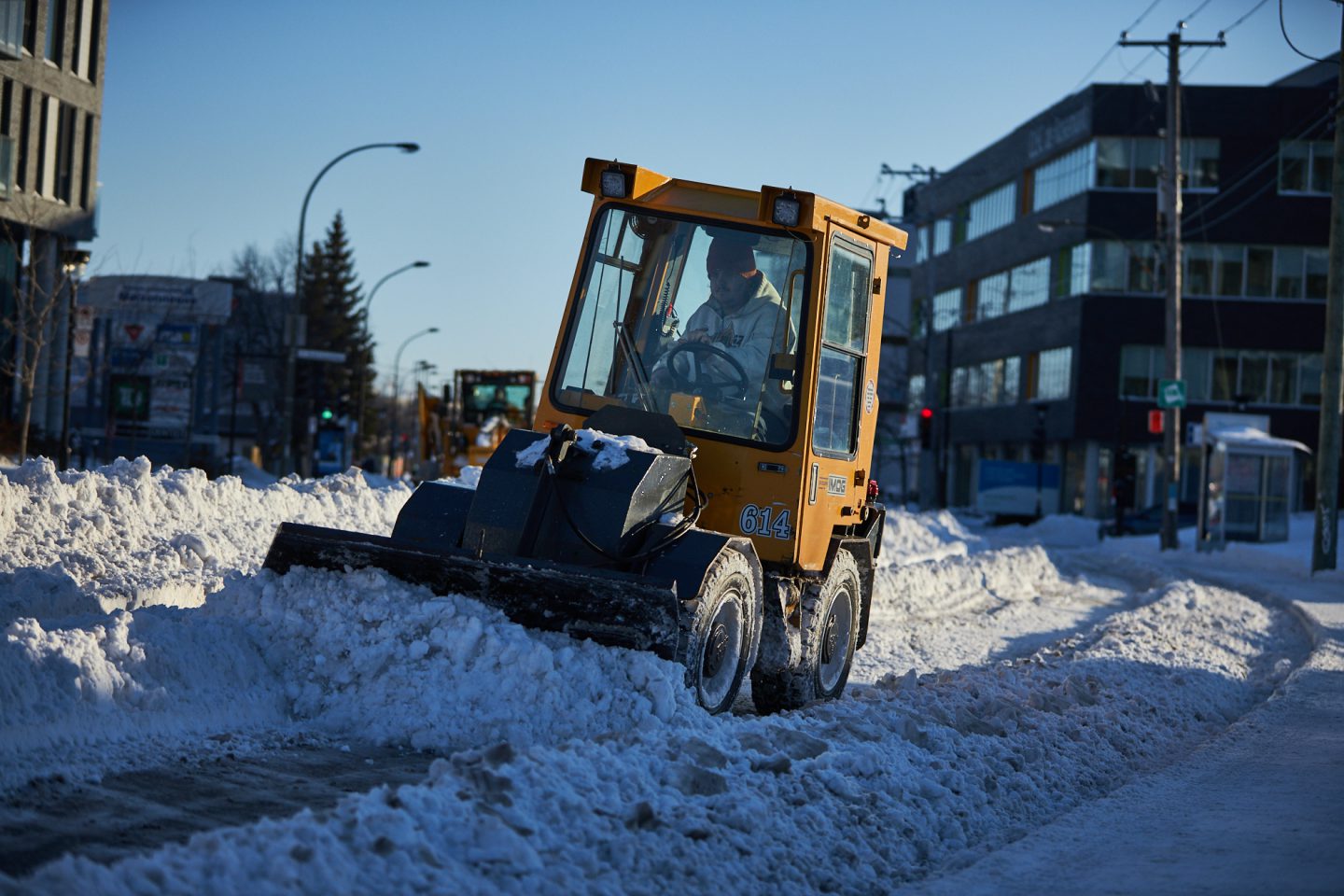
Welcome to the garbage hole. The sulphuric, rotten-egg stench coming off the heaps of brown sludge at Montreal’s Francon snow depot is putrid even on a cold, grey March day. Here in this former quarry, the melt of early spring has revealed crumpled laundry detergent bottles, the petrified carcass of a badminton birdie, used tampon applicators and other shards of hardened, forgotten plastic. It’s the stuff you think is destined for landfill or recycling when you toss it, but instead it ends up on the street, then in the path of a snow plow and then on a dump truck, then at the snow dump. The trash mingles with mountains of snow stained by a cocktail of pollutants, releasing a nauseating assault on the senses.
This is the final resting place for snow removal in Montreal. This city spends more than any other in the world on picking up snow and putting down salt on its 10,000 kilometres of roads: in 2019–2020, its snow removal budget hit $166.4 million.
Read the full story in the January/February 2021 issue of Canadian Geographic.

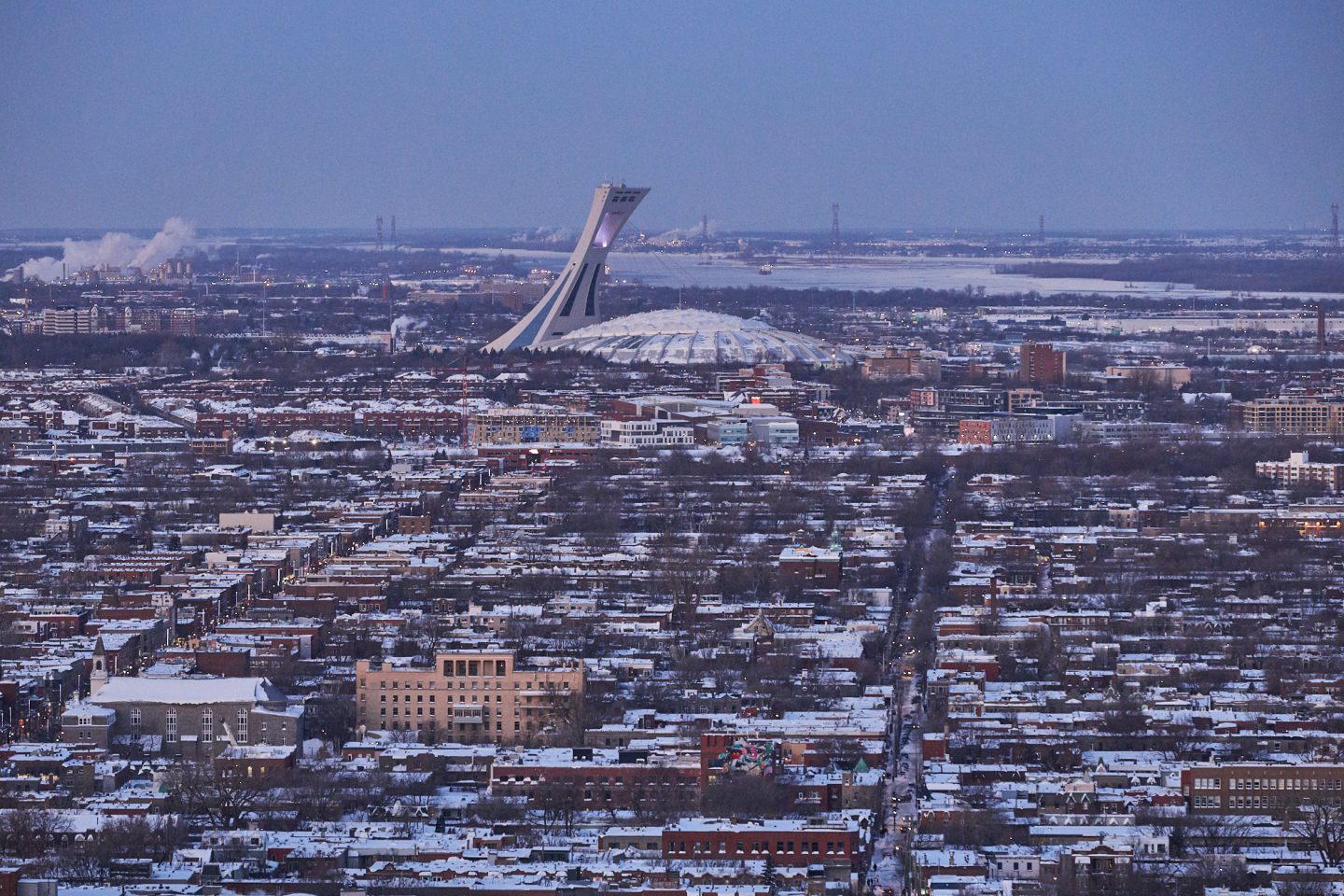
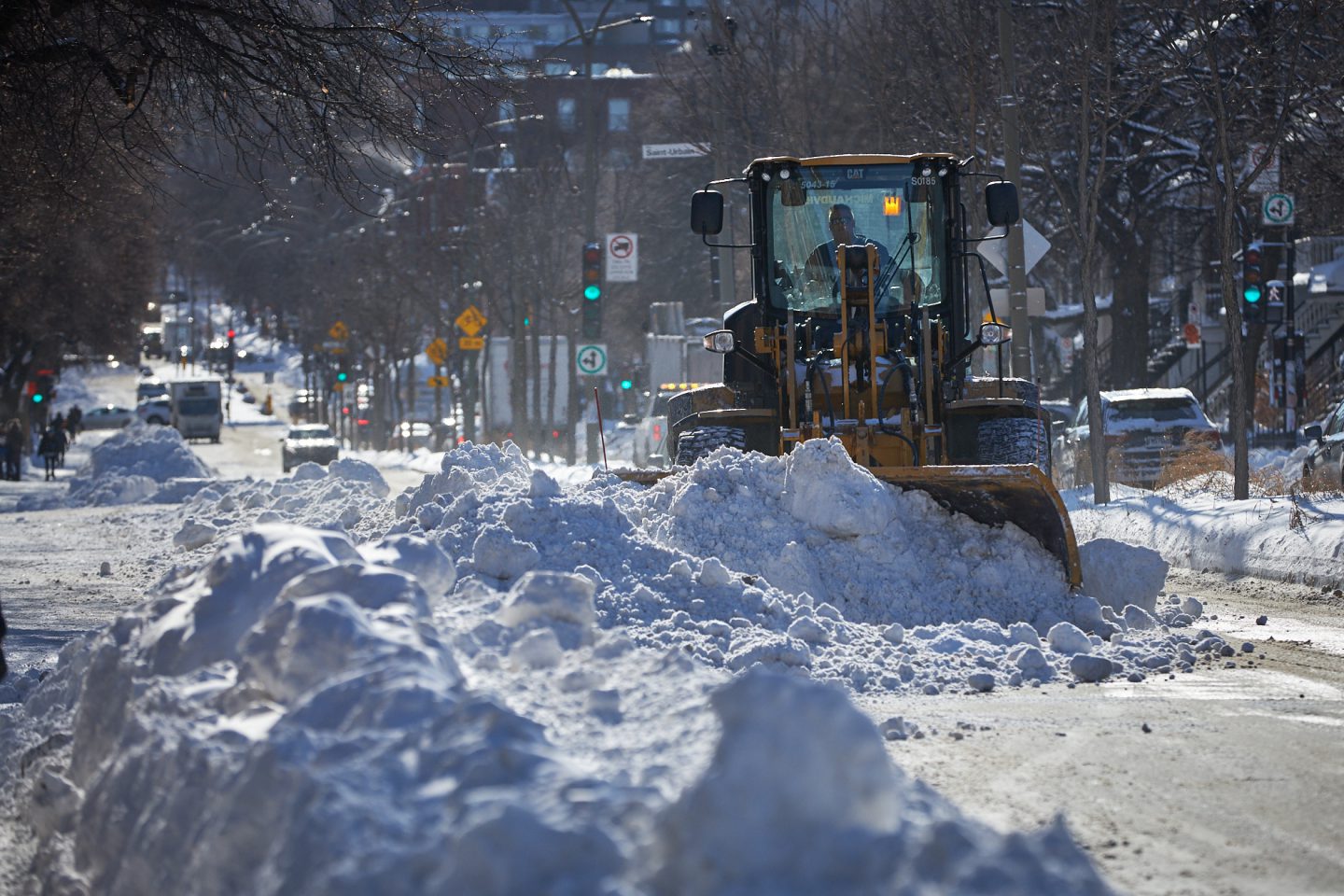

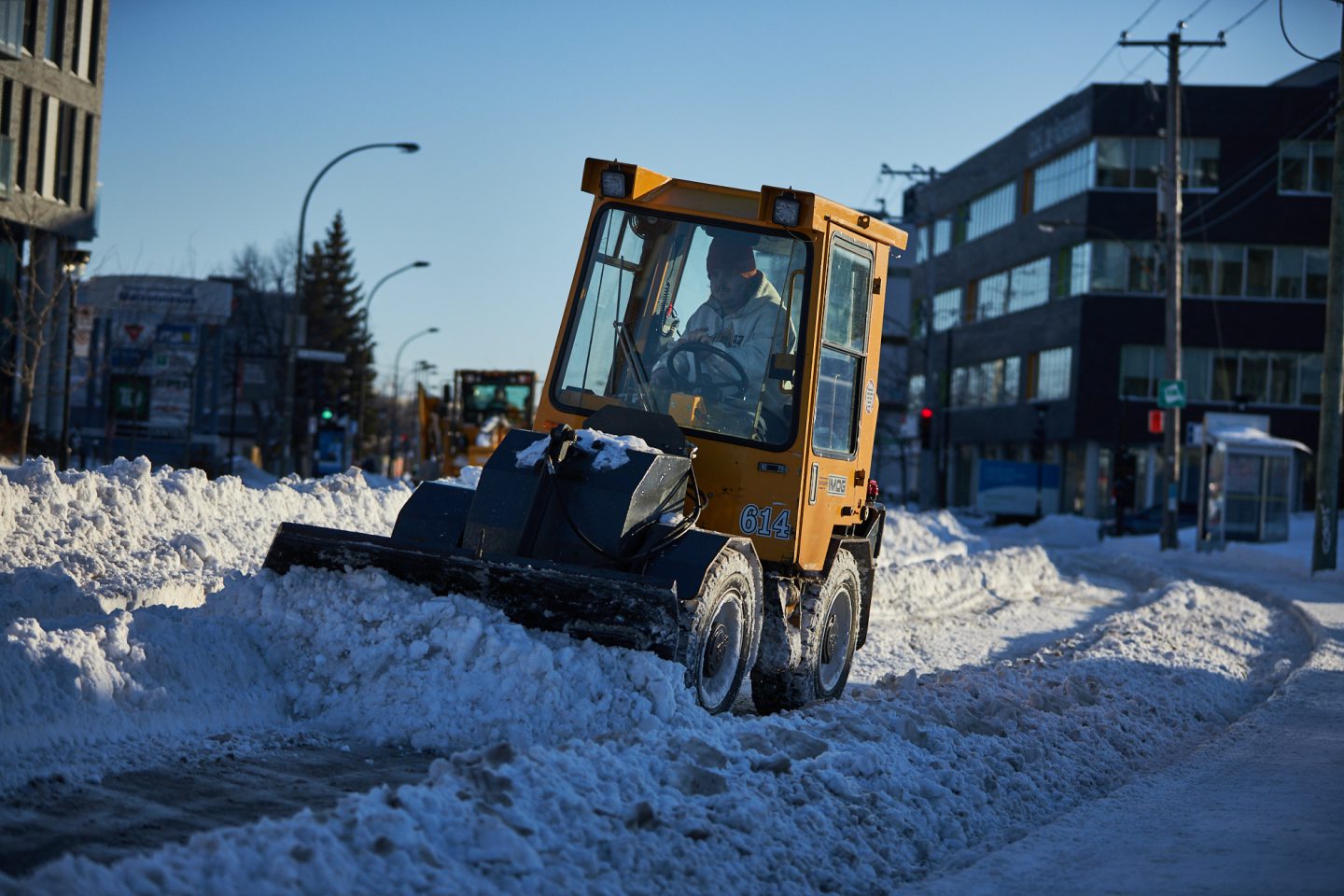
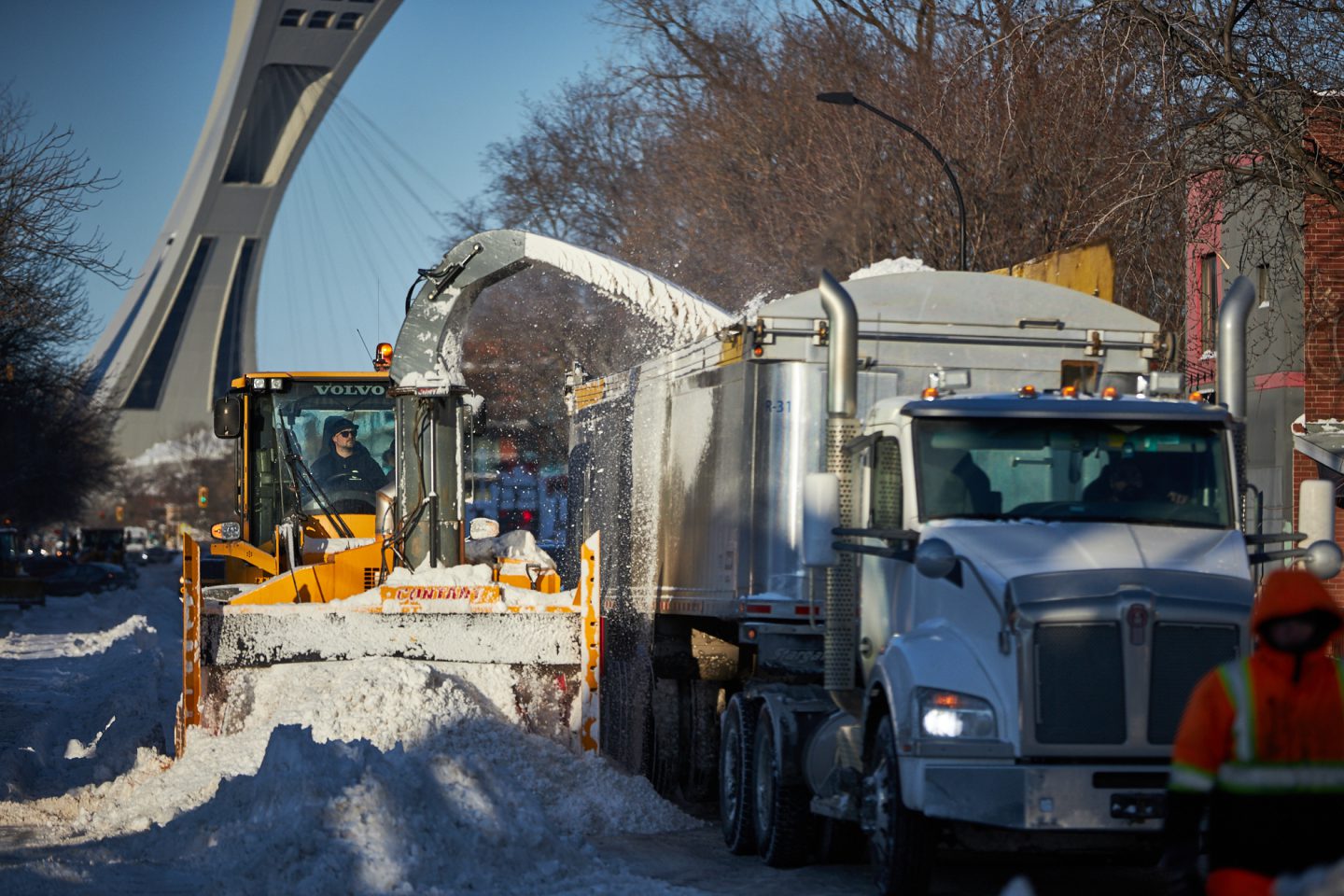
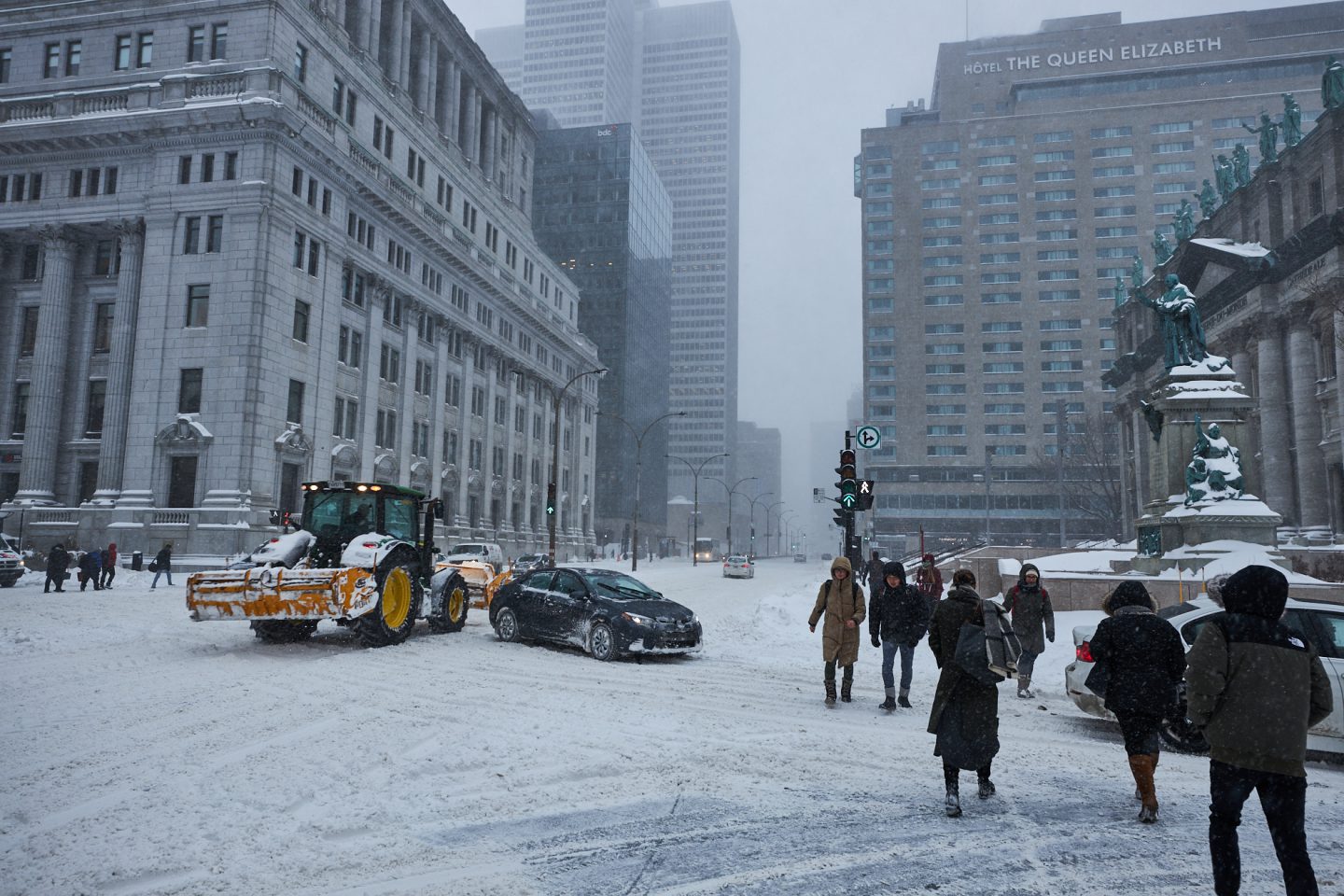
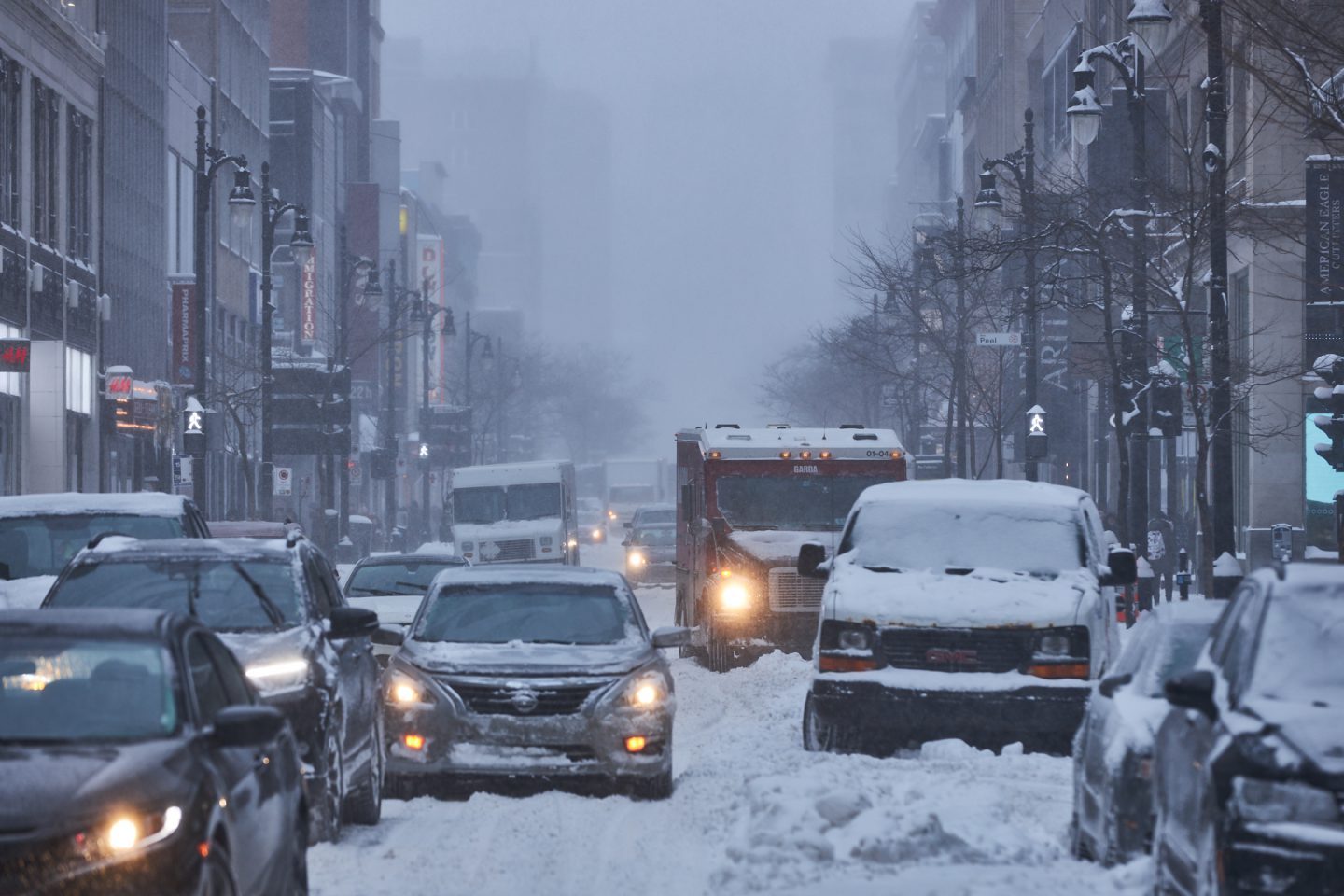
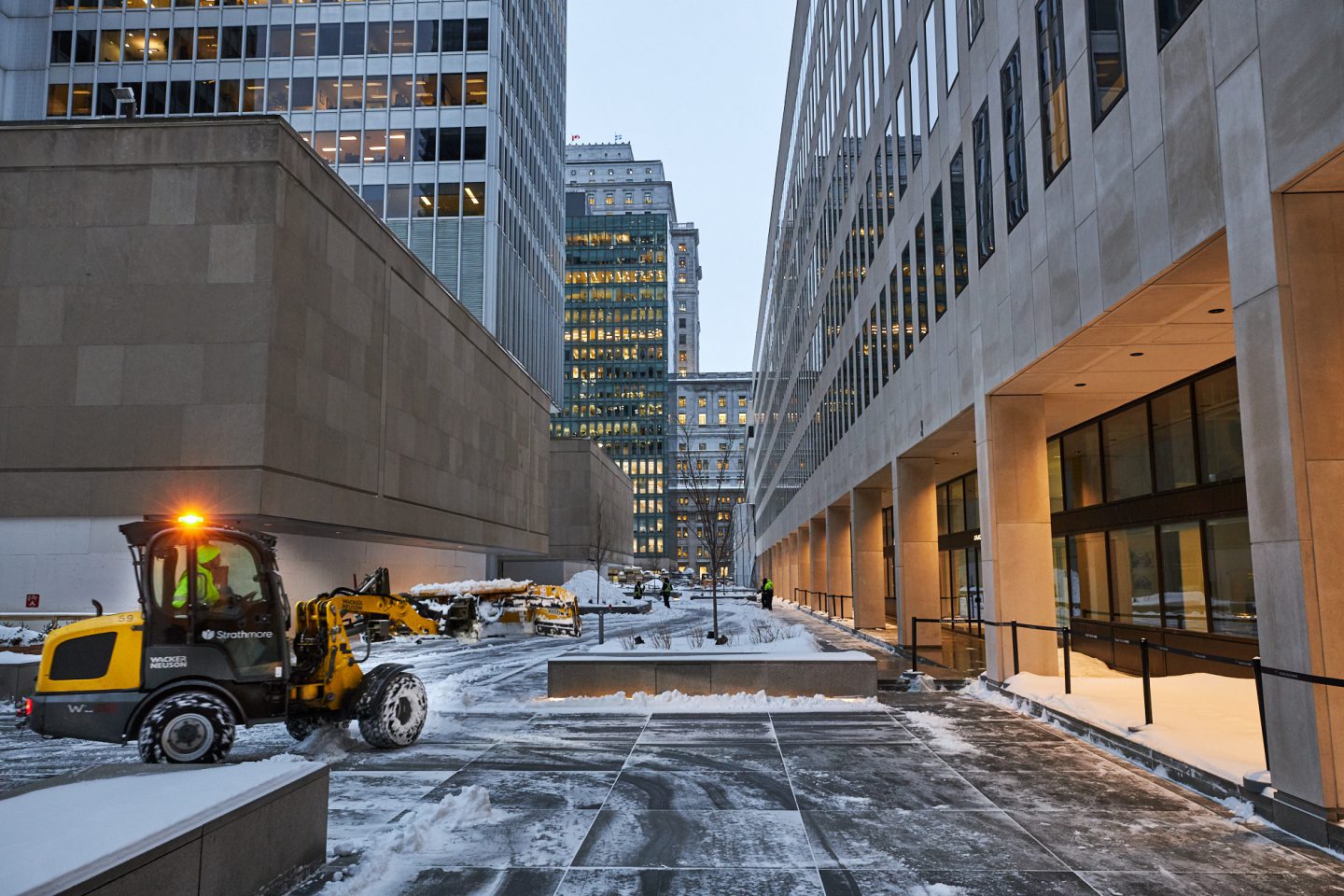
Are you passionate about Canadian geography?
You can support Canadian Geographic in 3 ways:

People & Culture
The death of an unhoused Innu man inspired an innovative and compassionate street outreach during the nightly curfew in 2021
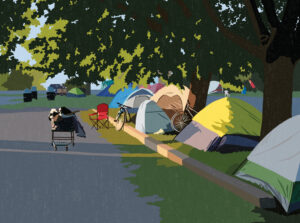
People & Culture
For unhoused residents and those who help them, the pandemic was another wave in a rising tide of challenges

People & Culture
The story of how a critically endangered Indigenous language can be saved
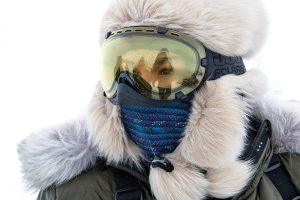
Science & Tech
The Canadian High Arctic Research Station is set to open in Cambridge Bay, Nunavut, later this year. How will it affect our understanding and appreciation of the North and the rapid change occurring there?